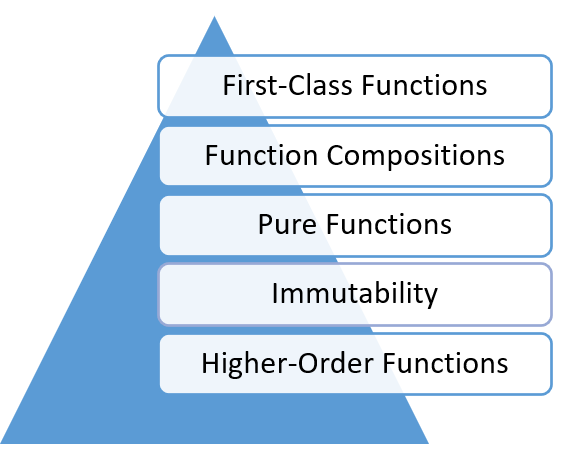Lambda Expressions in Java
What are Lambda Expressions in Java?
Lambda expressions are concise blocks of code that handle parameters and return values. They are widely used in collection libraries for iteration, filtering, and data extraction. Unlike methods, they do not require explicit naming and can be implemented within method bodies, providing Java with functional processing capabilities.
Why use lambda expression?
- To give an implementation of the functional interface.
- There will be less coding.
Advantages of Lambda Expressions
- Lambda expressions decrease code complexity.
- Makes it easier to use Stream APIs and perform bulk collection operations.
- Stream API & lambdas allow for more parallel processing.
- Collections can be internally iterated.
- Perfect for repeating simple behaviors throughout the program.
Lambda Expression Syntax
In Java, the syntax for lambda expressions consists of three components:
- Arguments-list
- Lambda operator (->)
- Body
Principles of Lambda Expressions

Accessible Variable for lambda functions
A Java lambda expression can additionally access variables declared outside of the lambda function body. Java Lambdas have access to the following types of variables:
- Local variables
- Instance Variables
- Static variables
Lambda Expression Functionalities in Java
- Use functionality as a method argument or code as data.
- It is a tool for creating functions that are independent of class.
- Lambdas can be given as an object and executed on demand.
Parameters of Lambda Expressions in Java
Below is a list of the three Lambda Expression parameters:
- Zero Parameter
- Single Parameter
- Multiple parameters
Anonymous Inner Classes
There is only one object created for this inner class, which has no name. Anonymous inner classes are useful for constructing object instances with specified extra features, such as method overloading, that do not need subclassing.
Ways to Create Anonymous Inner Classes
There are 2 ways to create an anonymous inner class in Java:
- Class (may be abstract or concrete)
- Interface
Default Method in Java
Java's 'default' methods within interfaces provide non-abstract method implementations. They improve the functionality of lambda expressions and can include method bodies, giving the interface more flexibility.
Static Method in Java
Static methods, denoted by the static keyword in interfaces, are associated with the defining class rather than individual objects and are shared across all instances. They cannot be overridden, ensuring consistency & preventing unexpected behavior due to bad implementation.


